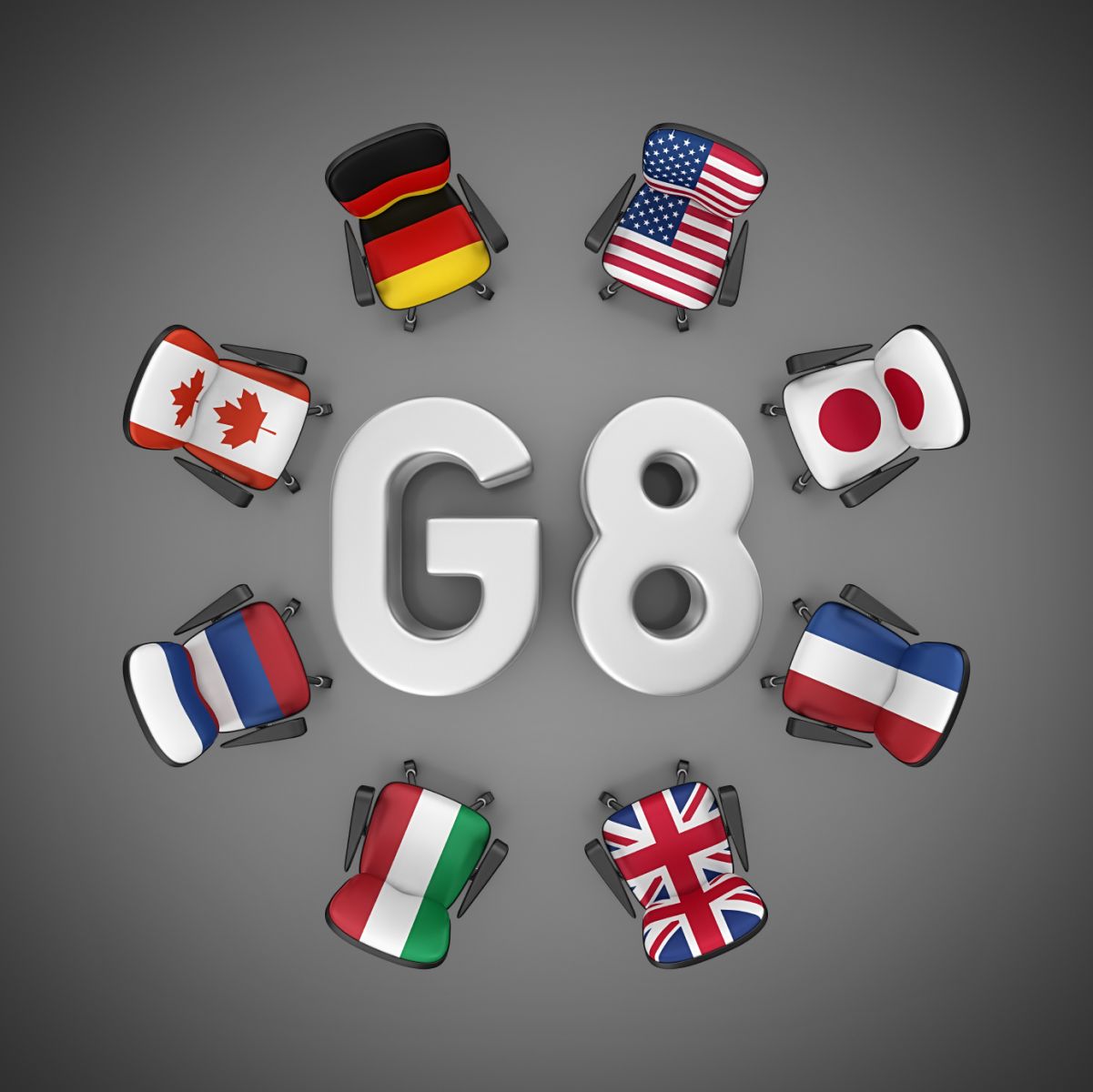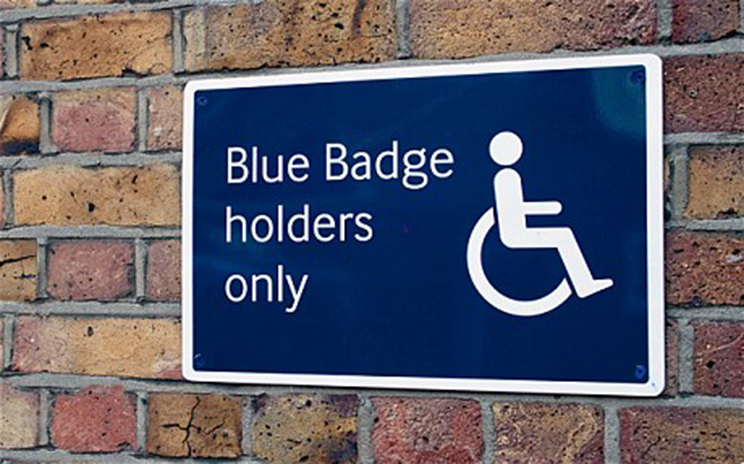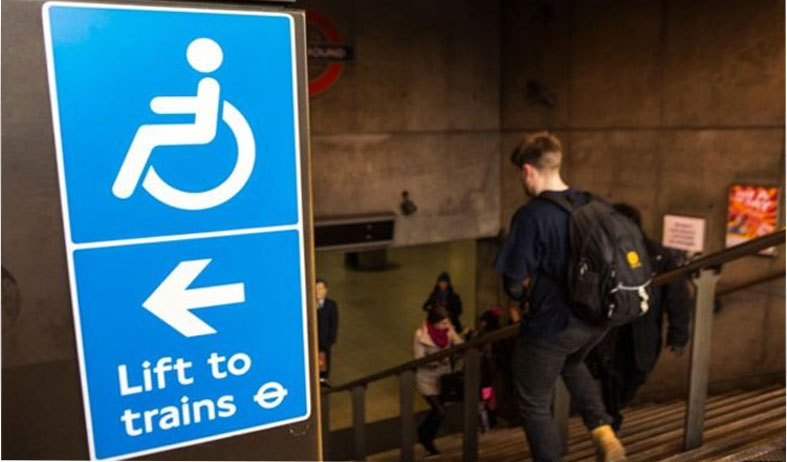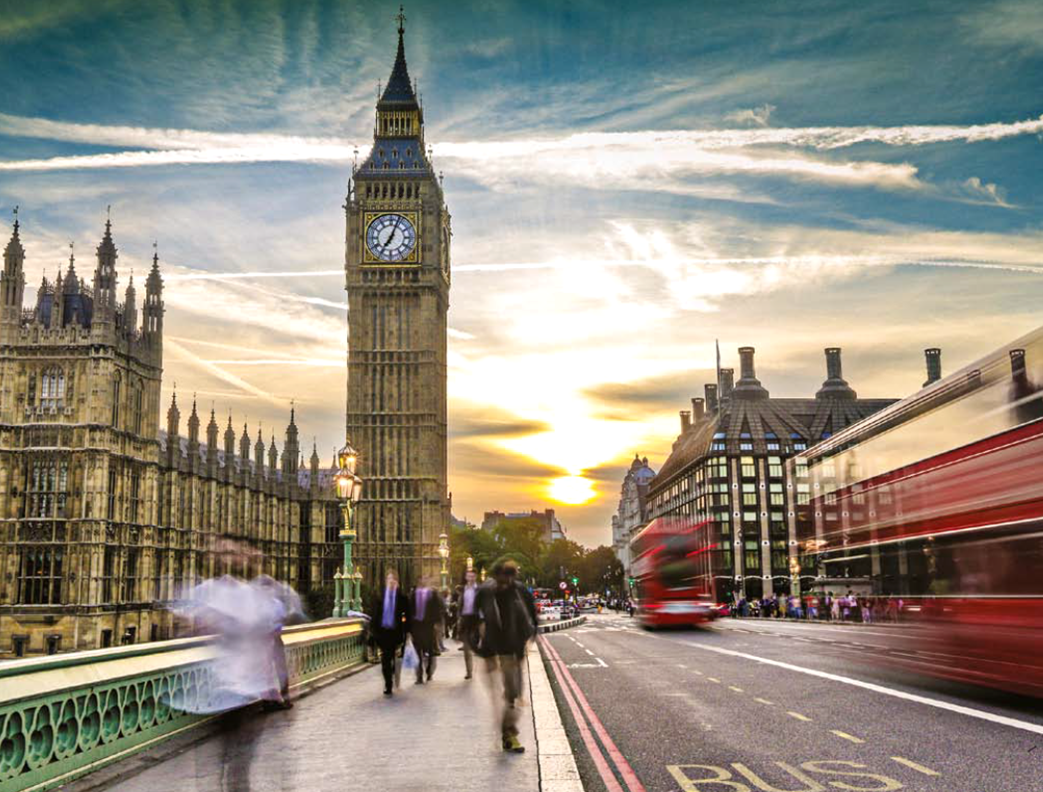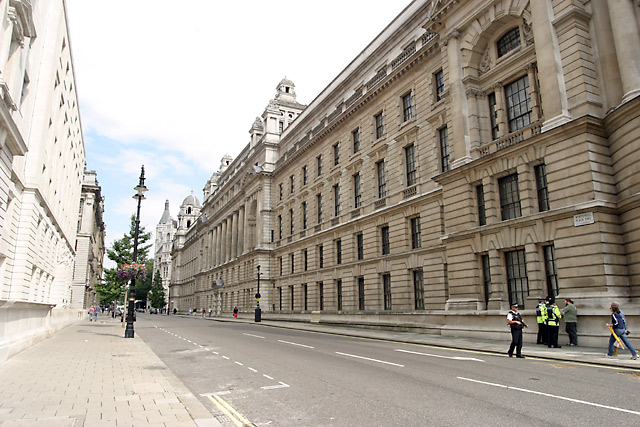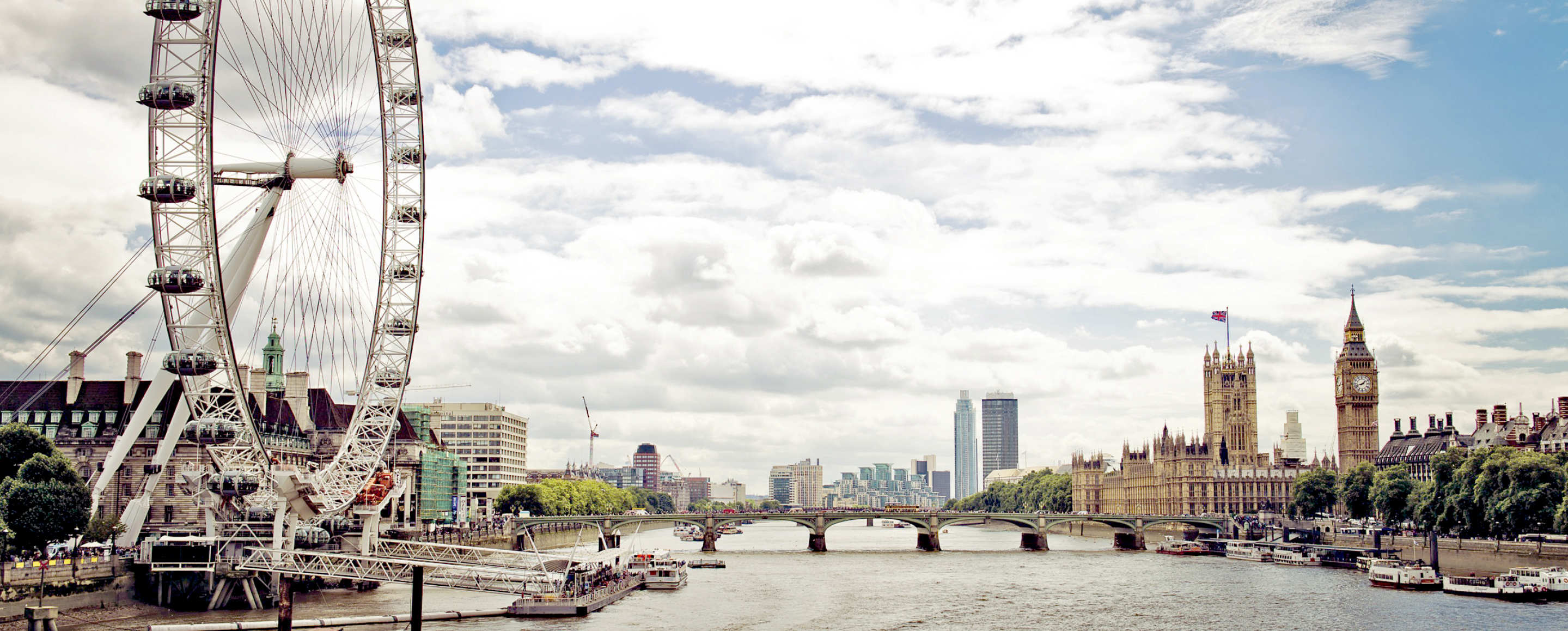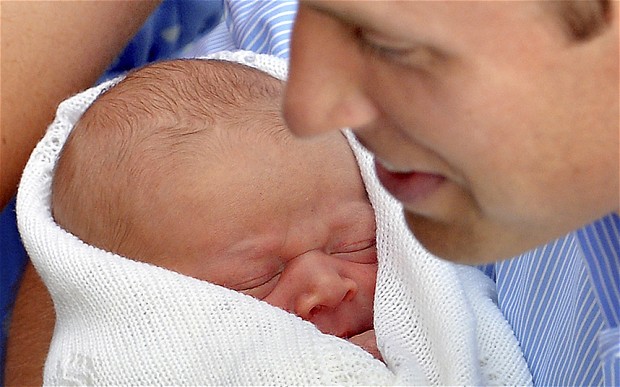Whitehall runs from Parliament Square to Trafalgar Square. Most of the Government Ministries are housed along the street, and numerous London landmarks can be seen along the route.
History of Whitehall
Most people assume that Whitehall runs the entire distance between the squares, but it is actually two roads in one. The first third of the road – from Parliament Square to the Foreign Office – is called Parliament Street. This is a throwback to the 1680s, when the road ran around the outside of Whitehall Palace.
The Palace was acquired by Henry VIII in 1529 from property owned by Thomas Wolsey. It soon became the fulcrum of the monarchy with numerous gardens, orchards, chapels, tennis courts, and a tiltyard for jousting.
When James I came to the throne in 1603 he commissioned Inigo Jones to make improvements, and a huge collection of paintings was added by Charles I. But by 1689 the building had fallen out of favour, and William III moved his residence to Kensington. Nine years later the Palace burnt down to the ground.
Downing Street, and Horse Guards Parade
Downing Street is blocked off by a large iron gate these days, but you might be lucky enough to see a fleet of blacked-out limos heading south to Parliament Square.
Be sure to walk through Horse Guards Parade. The guards are famous around town for never moving a muscle – even when you try and make them smile. You will be sure to see some spotty kids goofing around their feet, trying to make them blink.
Horse Guards was built on the site of the old Palace tiltyard – used for jousting in the time of Henry VIII. It is surrounded by statues of Lord Kitchener (Your country needs you!
), and Lord Mountbatten (who was murdered by the IRA).
Banqueting House, and the Cenotaph
Banqueting House is the only surviving part of Whitehall Palace. It was built by Inigo Jones in the early 17th-century, and was truly unique – Britain’s first Renaissance building.
The House is famous for a rather gory death. When the English Civil War was ended in the mid 17th-century, Charles Iwas put to death outside the balcony. A special service is still held annually to commemorate the execution.
The Cenotaph is the large grey monolith that stands in the middle of Whitehall. It was originally built to mark the dead of World War I, but it has grown to encompass every Commonwealth battle since 1918.
A steady stream of veterans march past the monument on the Remembrance Day Parade.
While London’s Whitehall is a treasure trove of British history, why not take the opportunity to extend your historical exploration with a guided tour that takes you deeper into London or even beyond?
For those interested in discovering rich history and culture in a completely different context, our Morocco tours agency for UK Citizen offer a unique chance to explore a country full of ancient medinas, royal palaces, and vibrant souks. Journey through time in Morocco, from the desert landscapes to the bustling streets of Marrakech and Fez. They have the best Morocco travel packages .
Listing Details
- Address: Whitehall, Westminster, London SW1A
- Phone: 0844 482 7777
- Get there by bus: 3, 6, 9, 11, 12, 13, 15, 23, 24, 29, 87, 88, 91, 139, 148, 159, 176, 211, 453
- Get there by tube/train: Charing Cross (Bakerloo Northern Line), Embankment(Bakerloo Circle District Northern), London Charing Cross (Southeastern)
-
Additional information:
Whitehall is one of the most important streets in the world. It is the heart of the Government of the United Kingdom, the centre of the British Commonwealth of Nations.
See more - https://accesstolondon.co.uklisting/banqueting-house/


